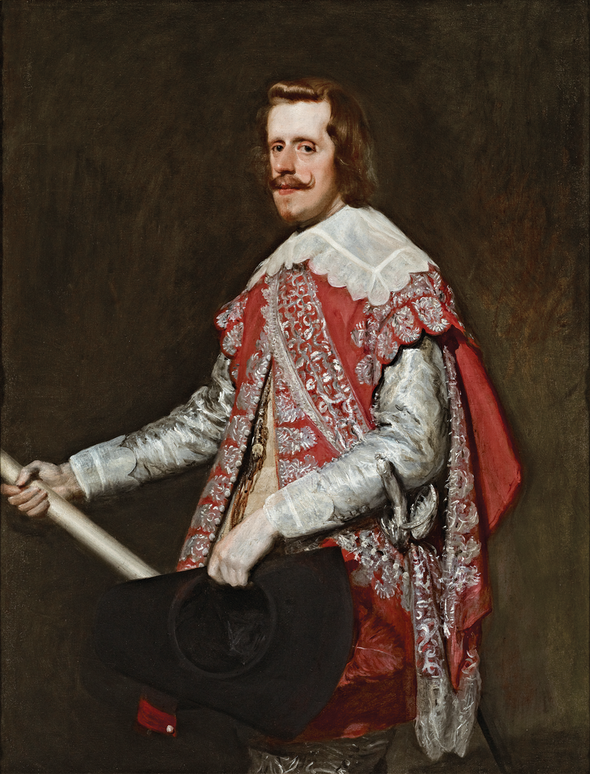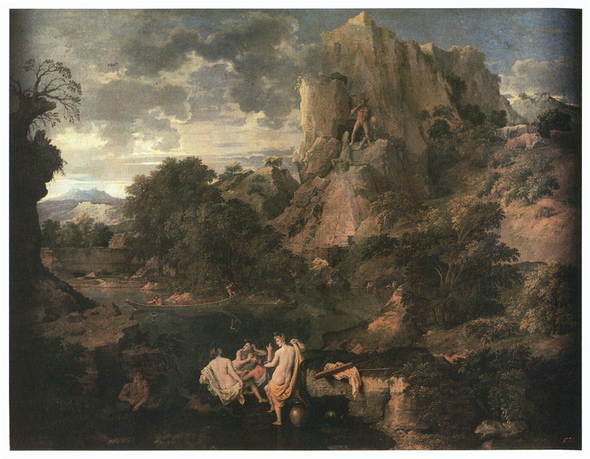Want to continue reading? Get 1 month digital access for only .
Subscribe now
By using this website you agree to our Cookie policy
The region of Emilia-Romagna in northern Italy had been suffering incessant earth tremors for several days from 20th May onwards. In one of these, on 28th May, the parish church of San Felice sul Panaro was partly ruined but a triptych of The coronation of the Virgin with Sts Felice and Gimignano by Bernardino Loschi, housed for centuries in the church, was saved. On the following day, an earthquake of even greater magnitude completely destroyed the church, reducing to rubble the wall of the apse that had protected the triptych. Since then the painting has become a symbol of hope that the artistic heritage of the region can be resurrected after the terrible destruction wrought by the earthquakes.
Passing through an initial, somewhat documentary room, the visitor to Edvard Munch: The Modern Eye at Tate Modern, London (to 14th October),1 enters a long second gallery to be riveted by Girls on the bridge (1927; cat. no.21; Fig.41) maybe fifty feet away. Familiar, yet realer than remembered, its impact at that range is spectacular.

New information on the collection of Cardinal Alessandro Montalto.

An unpublished letter concerning Velázquez’s first visit to Italy in 1629–30.

New information on Velázquez’s portraits of Philip IV and of the dwarf ‘El Primo’ (both 1644).

More information on the provenance of Nicolas Poussin’s Landscape with Polyphemus (1655) and Landscape with Hercules and Cacus (c.1660).

An unknown portrait of Gasparo Marcaccioni (c.1670-71) by Carlo Maratti.